-

Broiler and turkey litter and caged layer waste (commonly referred to as dried poultry waste or DPW) can be mixed with corn and fed to cattle and other ruminants (e.g., sheep and goats). While corn may be the most popular ingredient to mix with litter, any number of palatable feeds in addition to corn can…
-

Manure management on duck, geese, and some layer operations is often handled through liquid waste systems, even though water increases the volume of waste to be processed. In liquid waste management systems, collection and storage are generally combined in one operation, in facilities that may include pits, settling tanks, and/or lagoons (earthen storage ponds). Lagoons…
-
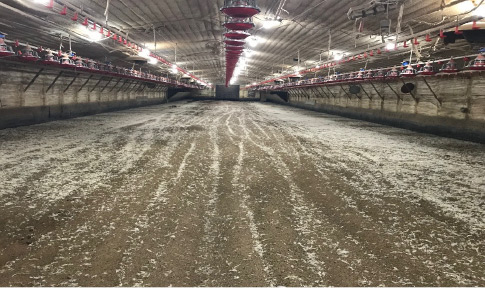
One of the most important aspects of commercial poultry production today is the effective management of litter material. Litter management practices will become even more critical as much of the broiler industry moves toward antibiotic-free production to meet consumer demand. Poor quality litter can have serious negative consequences on bird health and overall flock performance.…
-

The Confined Animal Manure Managers (CAMM) program team consists of agents and specialists with Clemson University, the Clemson Extension Service, the SC Department of Health and Environmental Control, and the USDA Natural Resources Conservation Service. The team was assembled in 1998
-
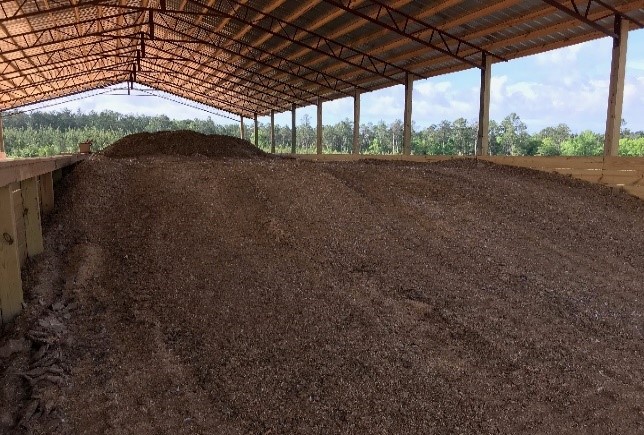
In today’s commercial poultry industry, dry stack litter sheds are important components of a poultry producer’s waste management program. Litter storage structures enable poultry farmers to store or stockpile litter and later land apply at the appropriate time. Litter is periodically removed from poultry houses and must be handled in an environmentally sound manner. To…
-
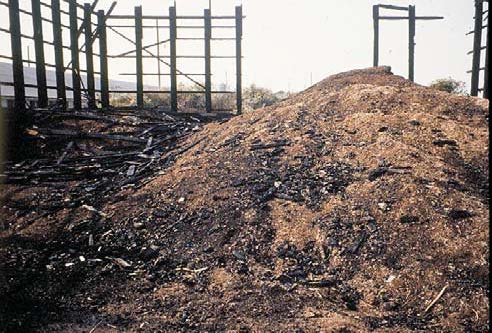
Hundreds of poultry manure/litter storage structures have been built as components of total waste management programs on poultry farmsteads. Storage facilities help prevent the possibility of water pollution and provide flexibility in the timing of land applications. They also protect this resource from the weather and wildlife so that it can be used as fertilizer…
-

Poultry litter is a mixture of poultry manure, feathers, wasted feed, and bedding material that contains nitrogen, phosphate, potash, and other nutrients essential for plant growth. Poultry litter can vary considerably in nutrient content due to bird type, feed composition, bedding materials used, clean-out frequency, storage and handling practices, use of litter amendments, and other…
-

Poultry manure fertilizer contains all the essential nutrients required for crop production, and its value as an organic fertilizer and a source of plant nutrients has been recognized for centuries. Even with its beneficial effects on plant growth, however, manure constitutes only a small percentage of the nutrients applied to cropland when compared to commercial…
-
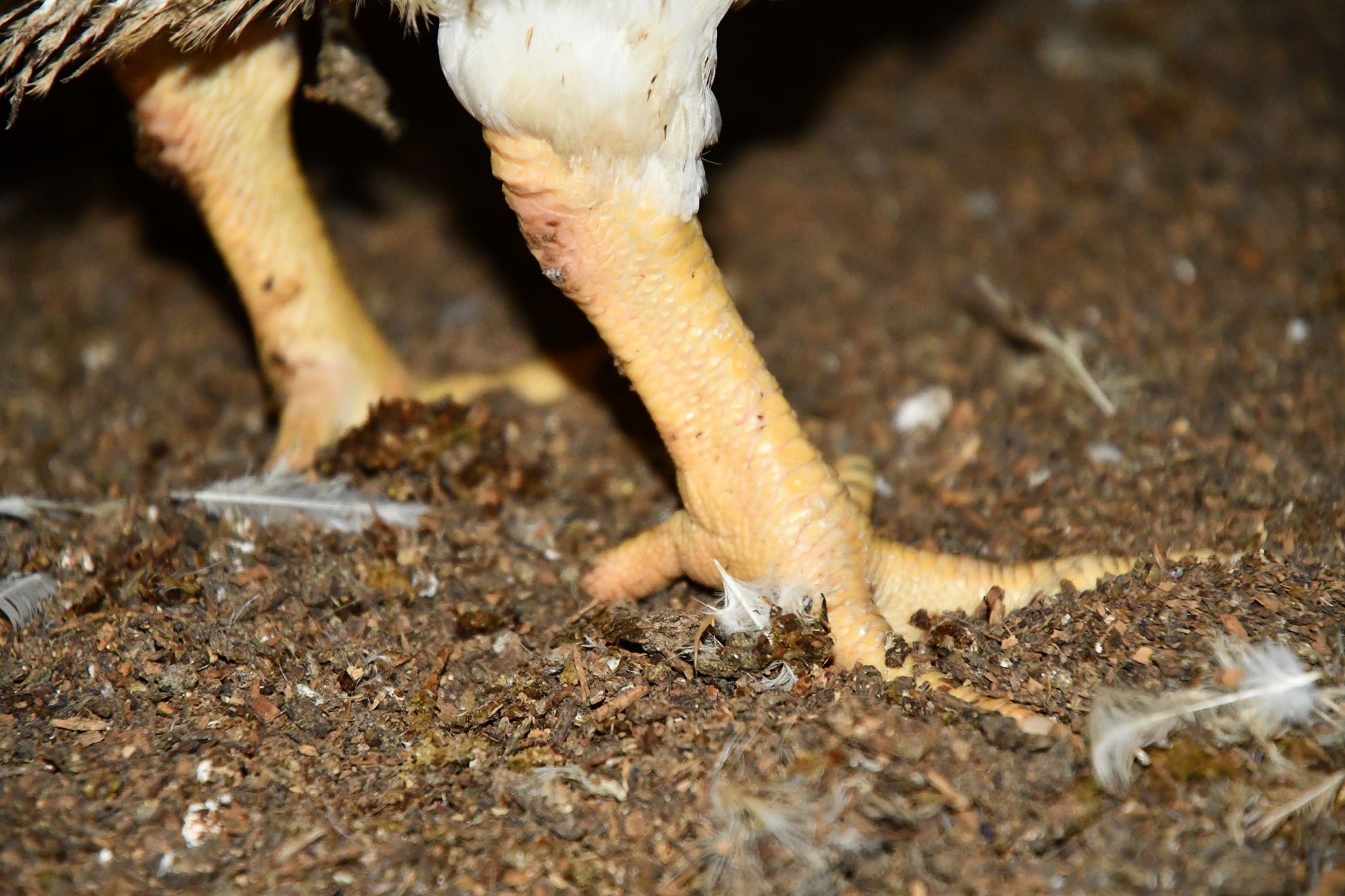
Quality of chicks, feed and water are all of great concern to broiler producers, but quality of litter in broiler houses is seldom given sufficient emphasis. This is unfortunate because birds are in continuous contact with litter. Litter conditions significantly influence broiler performance and, ultimately, the profits of growers and integrators. Litter is defined as…
-
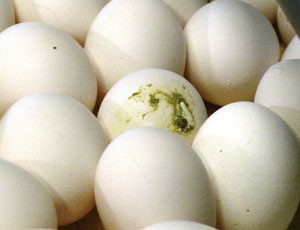
Commercial shell egg processing facilities use 1.5 to 3 gallons (5.7 to 11.4 L) of water per case (1 case = 360 eggs) of packaged table eggs, producing a relatively high-strength wastewater stream (Figure 1). Commercial shell egg processors in Georgia annually produce approximately 7 million cases of table eggs (2.5 billion eggs), generating 10.5…